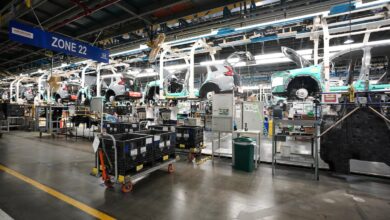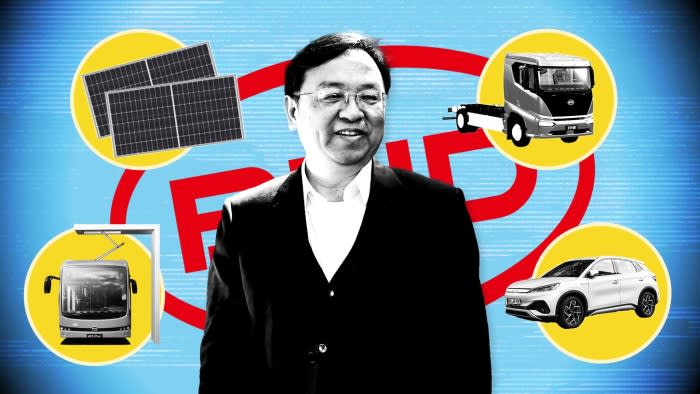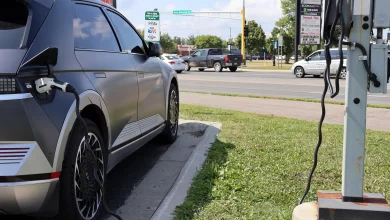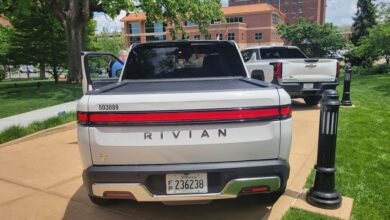EV news: Chinese Seagull poses a threat to the U.S. industry

A tiny, low-priced electric car called the Seagull has American automakers and politicians trembling.
The car, launched last year by Chinese automaker BYD, sells for around $16,400 in China, but drives well and is put together with craftsmanship that rivals U.S. electric vehicles that cost three times as much. A shorter-range version costs under $13,700.
Tariffs on imported Chinese vehicles will keep the Seagull out of America for now, and it likely would sell for more than 12 grand if imported.
But the rapid emergence of low-priced EVs from China could shake up the global auto industry in ways not seen since Japanese makers arrived during the oil crises of the 1970s. BYD, which stands for “Build Your Dreams,” could be a nightmare for the U.S. auto industry.
“Any car company that’s not paying attention to them as a competitor is going to be lost when they hit their market,” said Sam Fiorani, a vice president at AutoForecast Solutions near Philadelphia. “BYD’s entry into the U.S. market isn’t an if. It’s a when.”
U.S. politicians and manufacturers already see Chinese EVs as a serious threat. The Biden administration on Tuesday is expected to announce 100 per cent tariffs on electric vehicles imported from China, saying they pose a threat to U.S. jobs and national security.
The Alliance for American Manufacturing says in a paper that government subsidized Chinese EVs “could end up being an extinction-level event for the U.S. auto sector.”
Earlier this year, Tesla CEO Elon Musk said Chinese EVs are so good that without trade barriers, “they will pretty much demolish most other car companies in the world.”
Outside of China, EVs are often pricey, aimed at higher-income buyers. But Chinese brands offer affordable options for the masses — just as many governments are encouraging a shift away from gasoline vehicles to fight climate change.
Inside a huge garage near Detroit, a company called Caresoft Global tore apart a Seagull that its China office purchased and shipped to the U.S.
Company President Terry Woychowski, a former chief engineer on General Motors’ pickup trucks, said the car is a “clarion call” for the U.S. industry, which is years behind China in designing low-cost EVs.
Caresoft Global President Terry Woychowski speaks to a reporter alongside a BYD Seagull electric vehicle at the Caresoft facility Wednesday, April 3, 2024, in Livonia, Mich. (Mike Householder / The Associated Press)
After the teardown, Woychowski said he was left wondering if U.S. automakers can adjust. “Things will have to change in some radical ways in order to be able to compete,” he said.
There’s no single miracle that explains how BYD can manufacture the Seagull for so little. Instead, Woychowski said the entire car, which can go 405 kilometers per charge, is “an exercise in efficiency.”
Higher U.S. labor costs are a part of the equation. BYD also can keep costs down because of its battery-making expertise — largely lithium iron phosphate chemistry used in consumer products. The batteries cost less but have lower range than most current lithium-ion batteries.
Americans are still learning to make cheaper batteries, Woychowski said.
BYD also makes many of its own parts, including electric motors, dashboards, and bodies, using its huge scale — 3 million vehicles sold worldwide last year — for cost savings.
It designs vehicles with cost and efficiency in mind, he said. For instance, the Seagull has only one windshield wiper, eliminating one motor and one arm, saving on weight, cost and labor to install.
U.S. automakers don’t often design vehicles this way and incur excess engineering costs, Woychowski said.
The efficiency means weight savings that add up, allowing the Seagull to travel farther per charge on a smaller battery.
So Detroit needs to quickly re-learn a lot of design and engineering to keep up while shedding practices from a century of building vehicles, Woychowski said.
The Seagull still has a quality feel. Doors close solidly. The gray synthetic leather seats have stitching that matches the bright green body color, a feature usually found in more expensive cars. The Seagull tested by Caresoft has six air bags and electronic stability control.
A brief drive through some connected parking lots by a reporter showed that it runs quietly and handles curves and bumps as well as more costly EVs.
While acceleration isn’t head-snapping like other EVs, the Seagull is peppy and would have no problems entering a freeway.
BYD would have to modify its cars to meet U.S. safety standards, which are more stringent than in China. Woychowski says Caresoft hasn’t done crash tests, but he estimated that would add $2,700 to the cost.
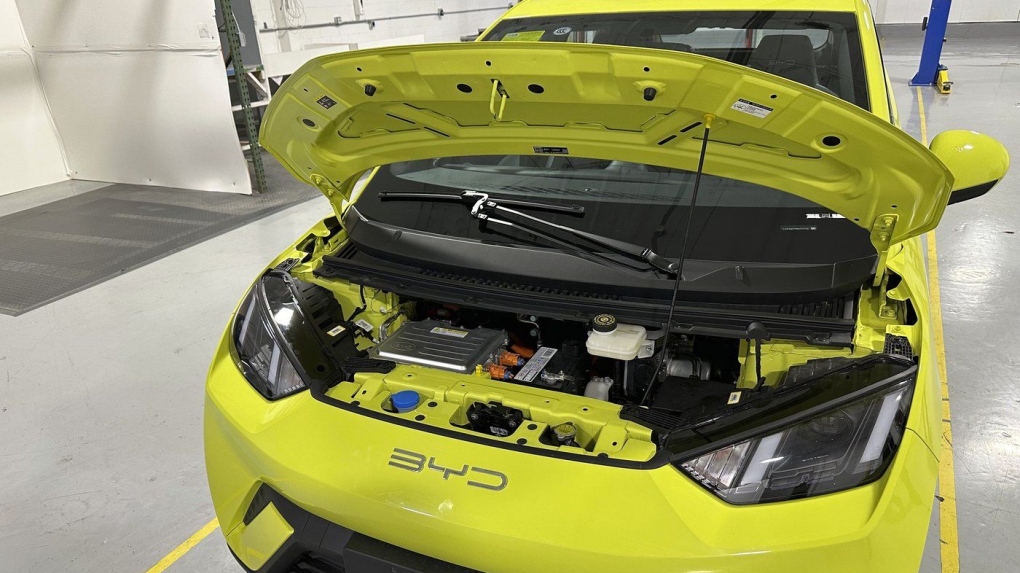 The battery of a BYD Seagull electric vehicle is shown under the hood of the car at the Caresoft Global facility Wednesday, April 3, 2024, in Livonia, Mich. (Mike Householder / The Associated Press)
The battery of a BYD Seagull electric vehicle is shown under the hood of the car at the Caresoft Global facility Wednesday, April 3, 2024, in Livonia, Mich. (Mike Householder / The Associated Press)
BYD sells the Seagull, also called the Dolphin Mini, in four Latin American countries for about $28,700. The higher price includes transportation and reflects higher profits possible in less cutthroat markets than China.
BYD told the AP last year it is “still in the process” of deciding whether to sell autos in the U.S. It is weighing factory sites in Mexico for the Mexican market.
The company isn’t selling cars in the U.S. largely due to 27.5 per cent tariffs on the sale price of Chinese vehicles when they arrive. Donald Trump slapped on the bulk of the tariff, 25 per cent, when he was president, and it was kept in place under Joe Biden. Trump contends that the rise of EVs backed by Biden will cost U.S. factory jobs, sending the work to China.
The Biden administration has backed legislation and policies to build a U.S. EV manufacturing base.
Some members of Congress are urging Biden to ban imports of Chinese vehicles altogether, including those made in Mexico by Chinese companies that now would come in largely without tariffs.
Ford CEO Jim Farley, has seen Caresoft’s work on the Seagull and BYD’s rapid growth, especially in Europe. He’s moving to change his company. A small “skunkworks” team is designing a new, small EV to keep costs down and quality high, he said earlier this year.
Chinese makers, Farley said, sold almost no EVs in Europe two years ago, but now have 10 per cent of the EV market. It’s likely they’ll export around the globe and possibly sell in the U.S.
Ford is preparing to counter that. “Don’t take anything for granted,” Farley said. “This CEO doesn’t.”
____
Associated Press writers Paul Wiseman and Didi Tang in Washington contributed to this report. Moritsugu reported from Beijing.
